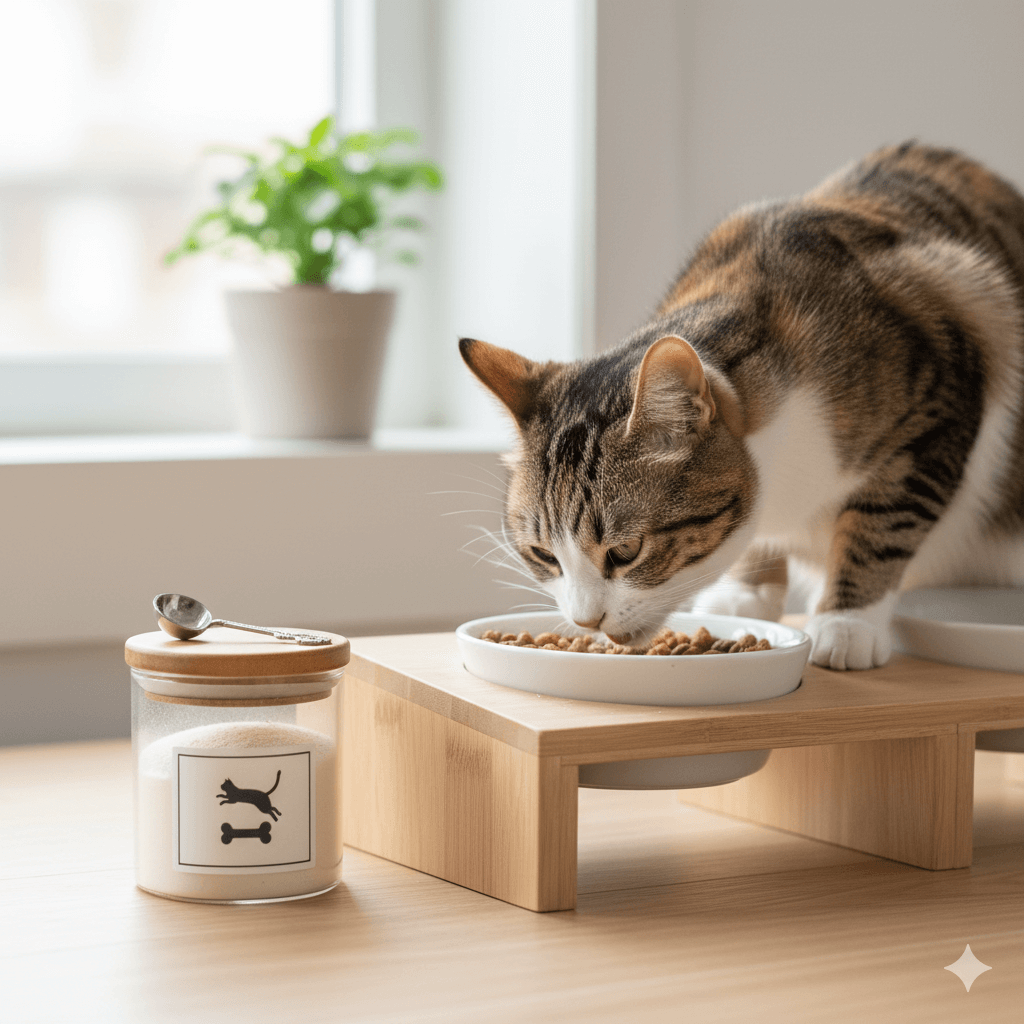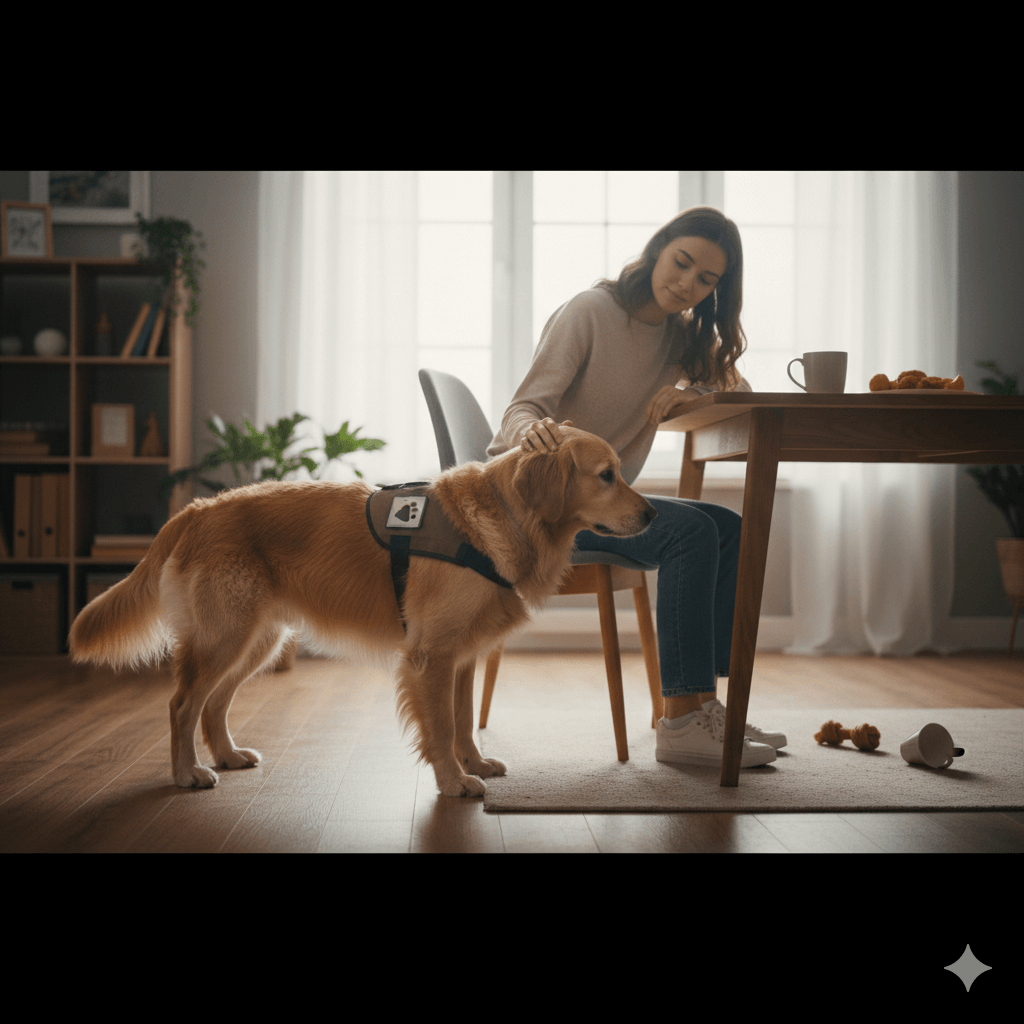Can Dogs Eat Grapefruit?
When it comes to sharing food with our furry friends, pet owners often wonder what’s safe and what’s not. Grapefruit, with its tangy flavor and nutritional benefits for humans, might seem like a healthy snack to share with your dog. However, not all human foods are safe for dogs, and grapefruit is one that requires careful consideration. While small amounts of certain fruits can be harmless, grapefruit contains compounds that may pose risks to your dog’s health. In this blog post, we’ll explore whether dogs can eat grapefruit, the potential risks and benefits, and how to keep your pup safe if they accidentally ingest it.
Why Grapefruit Can Be Harmful to Dogs
Grapefruit isn’t inherently toxic to dogs in tiny amounts, but it does contain compounds that can cause adverse reactions. Here’s why you should exercise caution:
Psoralens : These compounds found in grapefruit can cause skin irritation or digestive upset in dogs.
Essential Oils : The oils in grapefruit rinds can irritate your dog’s stomach or even lead to vomiting.
High Acidity : The acidic nature of grapefruit can upset your dog’s stomach and cause discomfort.
Citrus Toxins : While not as severe as in some other citrus fruits, grapefruit contains low levels of toxins that affect dogs differently than humans.
Sugar Content : Grapefruit has natural sugars, which can be problematic for dogs with diabetes or obesity.
Given these factors, it’s best to avoid feeding grapefruit to your dog altogether to prevent any potential health issues.
Symptoms of Grapefruit Poisoning in Dogs
If your dog accidentally eats grapefruit, they may exhibit symptoms of poisoning or discomfort. Here’s what to watch for:
Vomiting : One of the most common signs of grapefruit ingestion in dogs.
Diarrhea : Digestive upset often leads to loose stools or frequent bowel movements.
Lethargy : Your dog may appear unusually tired or uninterested in activities.
Drooling : Excessive drooling can indicate nausea or oral irritation from the fruit.
Skin Irritation : Contact with grapefruit oils may cause redness or itching on your dog’s skin.
If you notice any of these symptoms after your dog consumes grapefruit, contact your veterinarian immediately for guidance.
Check this guide 👉Can Dogs Eat Cherries? Best 7 Health Tips!
Check this guide 👉Can My Dog Eat Melon? Best 7 Expert Tips!
Check this guide 👉Can Dogs Eat Dragon Fruit? Best 7 Expert Tips!

Safe Fruits for Dogs | Fruits to Avoid Feeding Dogs |
|---|---|
Apples (without seeds) | Grapefruit |
Blueberries | Oranges (in large amounts) |
Bananas (in moderation) | Lemons |
Watermelon (seedless) | Limes |
Strawberries | Grapes (toxic in any amount) |
Alternatives to Grapefruit for Dogs
If you’re looking for safe and healthy fruit options to share with your dog, there are plenty of alternatives to grapefruit. Here are some dog-friendly fruits:
Apples : A crunchy, hydrating treat rich in fiber and vitamin C—just remove the seeds first.
Blueberries : Packed with antioxidants, these tiny berries make a nutritious snack for dogs.
Bananas : High in potassium and vitamins, bananas are a great occasional treat when given in moderation.
Watermelon : Seedless watermelon is hydrating and refreshing, especially on hot days.
Strawberries : Full of vitamin C and fiber, strawberries are a sweet and healthy option for dogs.
These alternatives provide the same nutritional benefits as grapefruit without the risks, ensuring your dog stays happy and healthy.
Tips for Introducing New Foods to Your Dog
Introducing new foods to your dog’s diet requires care to avoid digestive upset or allergic reactions. Here are some tips to ensure a smooth transition:
Start Small : Offer a tiny amount of the new food to see how your dog reacts before giving more.
Monitor for Reactions : Watch for signs of allergies, intolerance, or digestive issues after introducing the food.
Avoid Citrus Fruits : Steer clear of all citrus fruits, including grapefruit, oranges, and lemons, to prevent potential harm.
Consult Your Vet : Always check with your veterinarian before adding new foods, especially if your dog has existing health conditions.
Stick to Plain Versions : Avoid fruits with added sugars, artificial flavors, or preservatives, as these can harm your dog.
By following these guidelines, you can safely introduce new foods and ensure your dog enjoys them without any negative effects.
Signs Your Dog Ate Something Toxic
If your dog accidentally ingests something harmful, like grapefruit or other toxic foods, it’s important to recognize the signs early. Here’s what to look out for:
Excessive Drooling : This can indicate nausea or irritation in the mouth or digestive tract.
Lethargy : A sudden lack of energy may signal that your dog is feeling unwell.
Vomiting or Diarrhea : These are common symptoms of digestive upset caused by toxic foods.
Loss of Appetite : Refusal to eat can be a sign that your dog is experiencing discomfort.
Difficulty Breathing : In severe cases, respiratory issues may arise from ingesting harmful substances.
If you notice any of these symptoms, contact your veterinarian immediately to prevent further complications.
How to Prevent Accidental Grapefruit Ingestion
Preventing your dog from accessing grapefruit or other unsafe foods is key to keeping them safe. Here are some practical tips:
Store Food Safely : Keep grapefruit and other citrus fruits out of your dog’s reach, preferably in closed containers or cupboards.
Supervise Snack Time : Always monitor your dog when they’re around food to ensure they don’t grab something harmful.
Teach the “Leave It” Command : Training your dog to avoid certain items can prevent accidental ingestion.
Secure Trash Cans : Dogs are curious and may rummage through trash to find food scraps. Use pet-proof bins to avoid this.
Educate Family Members : Ensure everyone in your household knows which foods are unsafe for dogs to share.
By taking these precautions, you can minimize the risk of your dog accidentally eating grapefruit or other hazardous foods.
Nutritional Benefits of Safe Fruits for Dogs
While grapefruit isn’t safe for dogs, many other fruits offer nutritional benefits that can enhance your dog’s diet. Here’s why these fruits are great alternatives:
Apples : Provide fiber and vitamin C, supporting digestion and immune health.
Blueberries : Rich in antioxidants, they help combat oxidative stress and inflammation.
Bananas : Contain potassium and magnesium, which support heart and muscle function.
Watermelon : Hydrating and low in calories, it’s perfect for keeping your dog cool on hot days.
Strawberries : Packed with vitamin C and fiber, they promote healthy skin and coat.
Incorporating these safe fruits into your dog’s diet can provide variety and essential nutrients without posing any risks.
Frequently Asked Questions About Dogs and Grapefruit
Is grapefruit toxic to dogs?
While not highly toxic, grapefruit contains compounds that can cause digestive upset and other adverse reactions.
What should I do if my dog eats grapefruit?
Monitor your dog for symptoms like vomiting or diarrhea, and contact your vet if you notice any concerning signs.
Can dogs eat the peel of a grapefruit?
No, the peel contains essential oils that can irritate your dog’s stomach and should be avoided.
Are other citrus fruits safe for dogs?
Most citrus fruits, including oranges and lemons, are not recommended due to their acidity and potential toxins.
How much fruit can I safely feed my dog?
Fruits should only make up a small portion of your dog’s diet—no more than 10% of their daily caloric intake.
Keeping Your Dog Safe Around Grapefruit
While grapefruit may seem like a harmless fruit, it’s best to avoid feeding it to your dog due to its potential risks. Instead, opt for safer alternatives like apples, blueberries, or watermelon, which provide similar nutritional benefits without the dangers. If your dog accidentally ingests grapefruit, stay vigilant for symptoms and seek veterinary advice if needed. As a responsible pet owner, understanding what foods are safe for your dog ensures they stay healthy and happy. By making informed choices, you can continue to share treats with your furry friend while keeping their well-being a top priority.
Understanding Bone Supplement for Cats: Best 7 Expert Tips! – Safe, vet-approved guidance for strong feline bones & balanced nutrition.
Bone Supplement for Dogs: Best 7 Expert Tips! – Expert guide to calcium, collagen & bone health for every life stage.
Understanding Can Cats Get Sunburn: Best 7 Expert Tips! – Protect your feline from UV damage with vet-backed prevention strategies.
How to Train a Seizure Alert Dog: Best 7 Expert Tips! – Learn expert-backed steps to nurture natural instincts into reliable, life-saving seizure alerts.





